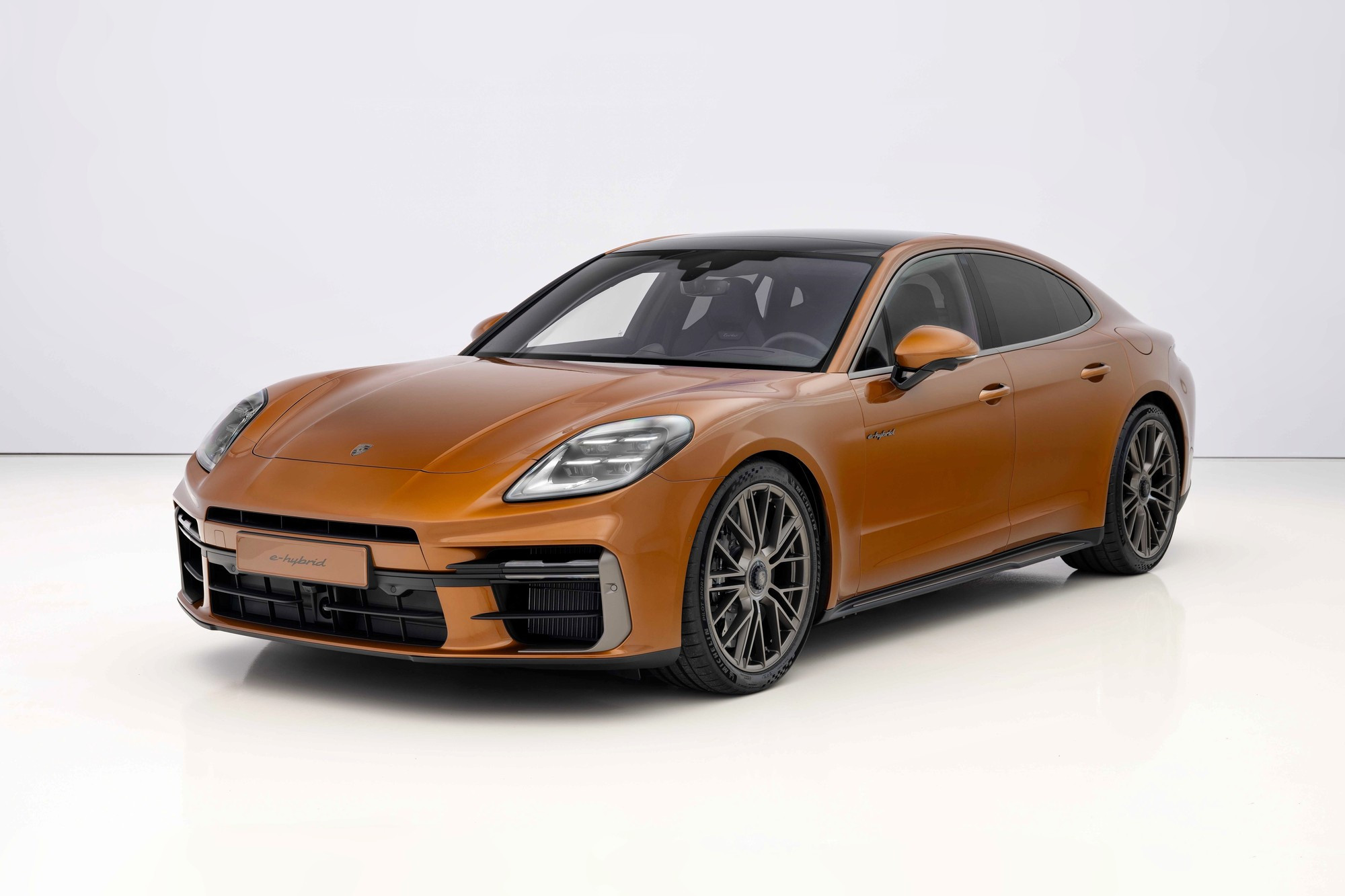
Porsche introduced the third-generation Panamera liftback, at the moment only three versions have been declassified — the basic rear-wheel drive Panamera, all-wheel drive Panamera 4 and all-wheel drive plug-in hybrid Panamera Turbo E-Hybrid. Prices have already been announced, but real cars will appear on the market only in March next year.
The key technical features of the new Panamera were known even before the premiere, the company declassified the interior of the new product two weeks ago, and today the design is revealed interior and the power of the power plants was announced. The main surprise of the premiere was the news that the station wagon version (Sport Turismo) will no longer be in the range — they say that less than 10% of customers chose it, and resources need to be saved.
 1/2
1/2 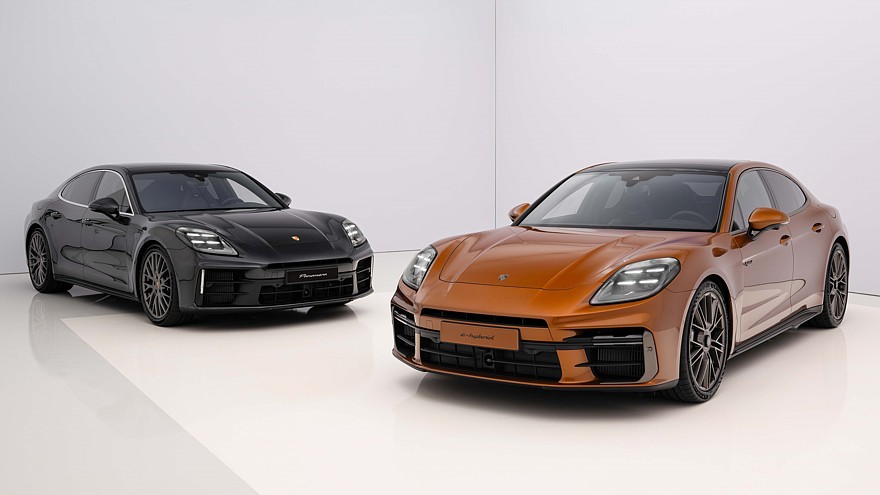 2/2
2/2
The third generation of Panamera is, in fact, an evolution of the second generation car; there are no fundamental changes in the design, but the body has become slightly less rounded, the rear side glazing windows are now angular, which is said to give the profile a more solid look. The new top-end HD Matrix headlights have 32,000 light pixels each and shine at a distance of 600 m. The dimensions of the car have remained almost unchanged: the length of the standard liftback is 5052 mm, the stretched Executive version is 5202 mm, the width of both versions is 1937 mm, height is 1423 mm for the standard version and 1428 mm for the Executive version.
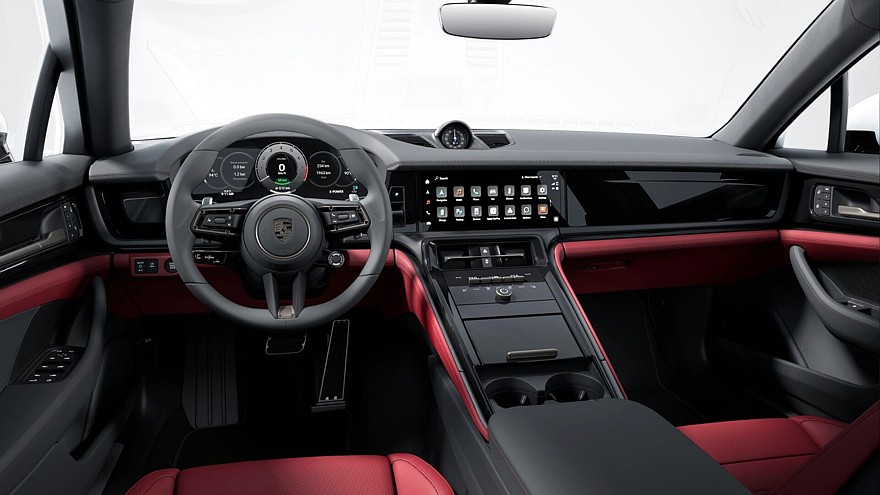 1/8
1/8  2/8
2/8  3/8
3/8 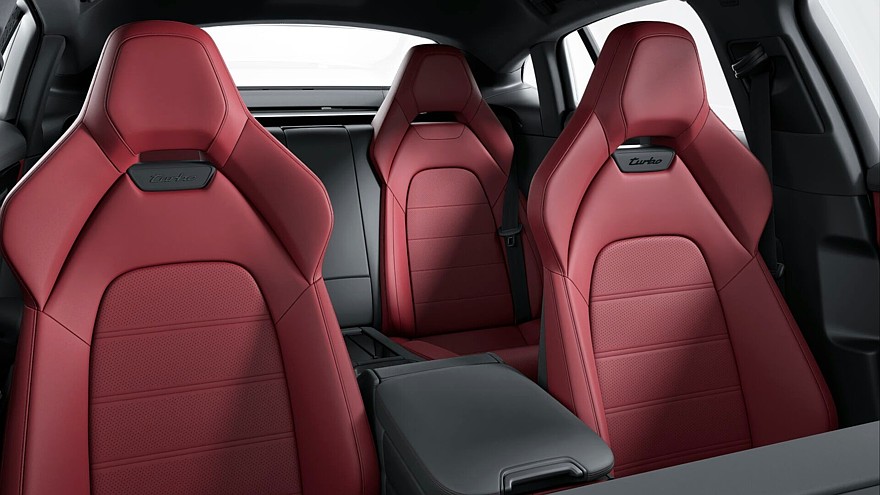 4/8
4/8 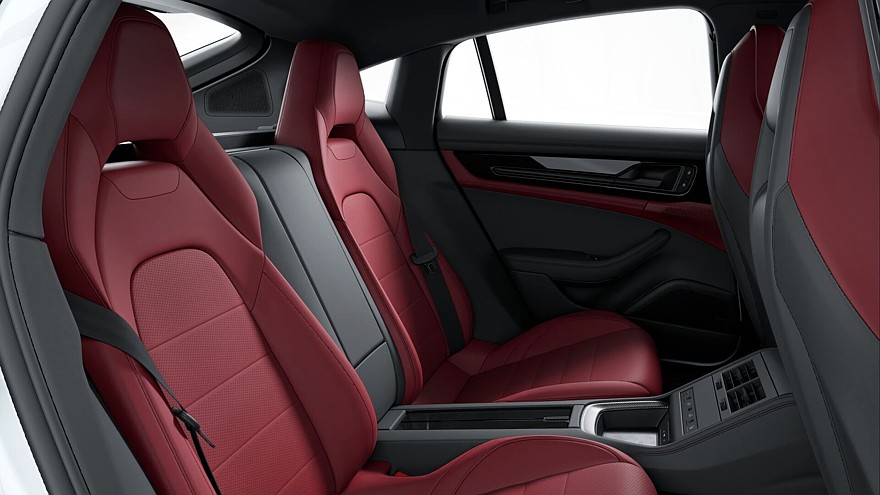 5/8
5/8  6/8
6/8 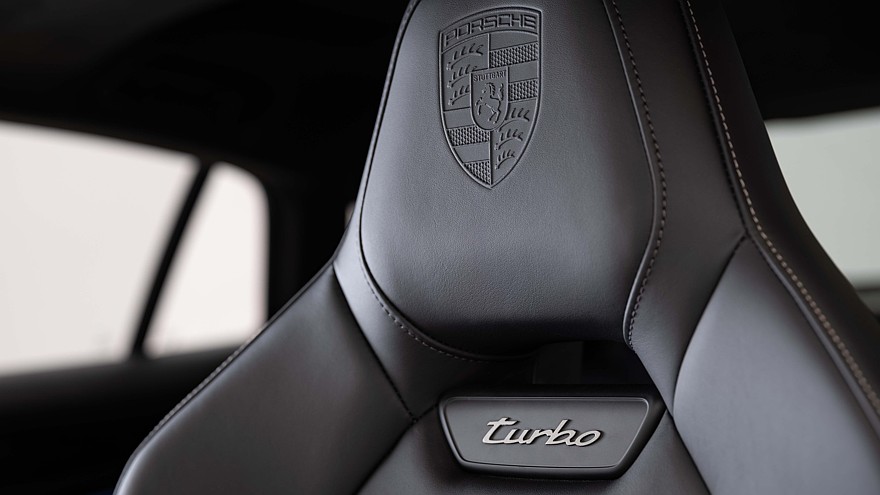 7/8
7/8  8/8
8/8
The interior layout is generally the same as the previous generation model, but the instrument panel (12.6 inches) has become fully digital and has lost the sun visor. The multimedia screen is 10.9-inch, a second screen of this size can be installed in front of the front passenger so that he can be entertained on the road, and from the driver’s seat the picture on the passenger screen is not visible — this is done for safety purposes so that the driver is not distracted. The automatic transmission mode selector has been reduced to the size of a computer USB flash drive and moved from the center console to the front panel to the right of the steering wheel. The handles on the door panels have become thinner and sleeker, the number of physical buttons on the center console has decreased, and the microclimate unit's design now resembles a vintage tube radio.
 1/3
1/3 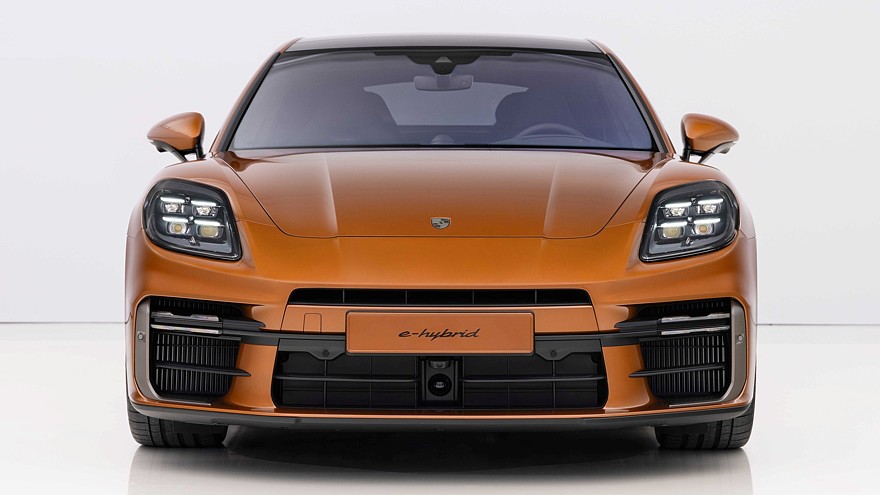 2/3
2/3  3/3
3/3
The MSB platform on which the Panamera is built has been comprehensively redesigned, the main innovation is the active electro-hydraulic suspension Porsche Active Ride, which will be available as an option for hybrid versions, since it requires a voltage of 400 V to operate. Porsche spent six years on the development of this suspension years and promises an unparalleled combination of comfort and precision control. As standard, the Panamera now has adaptive air suspension PASM (Porsche Active Suspension Management), and for an additional fee you can get a fully controlled chassis.
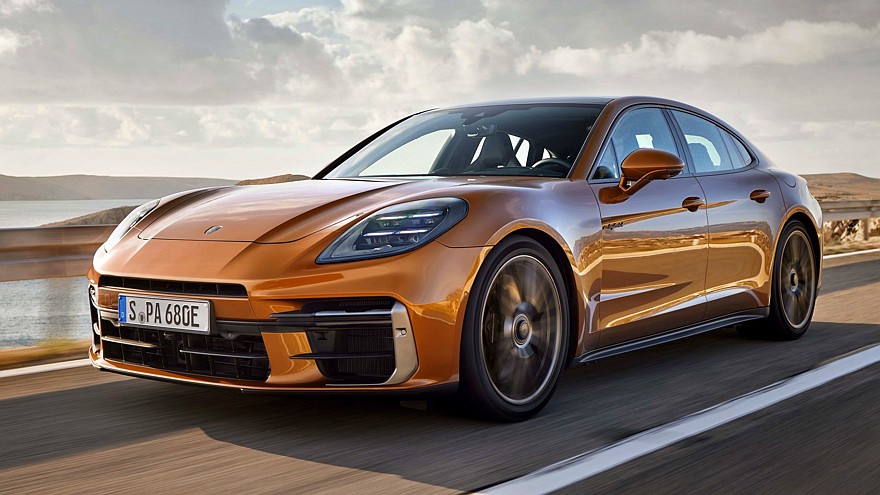 1/3
1/3 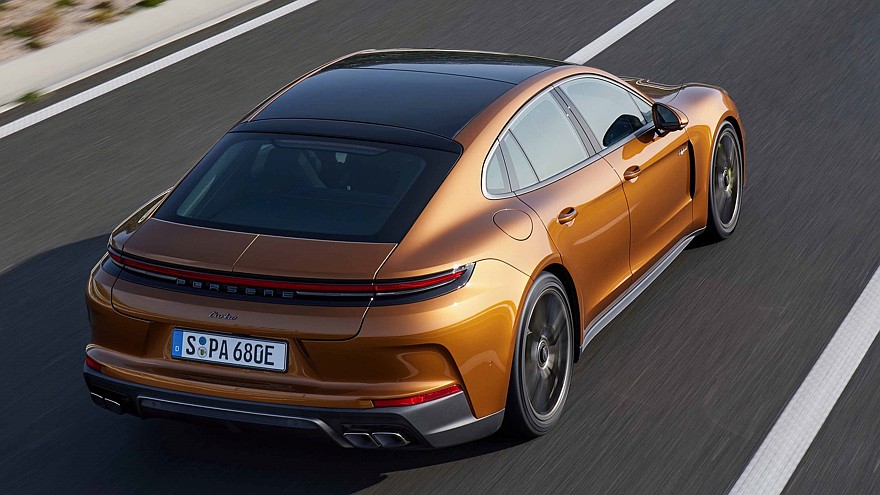 2/3
2/3  3/3
3/3
The range of the new Panamera will include four plug-in hybrid versions, but so far only the Turbo E-Hybrid has been declassified, which is based on an upgraded 4.0-liter V8 twin-turbo petrol engine with 519 hp. Attached to the internal combustion engine is a new 8-speed automatic transmission with an electric motor fully integrated into it — such integration made it possible to reduce weight by 5 kg and reduce losses due to thermoregulation. With the change of generations, the output of the electric motor has been increased from 136 hp. and 400 Nm up to 190 hp. and 450 Nm, the maximum total output of the Turbo E-Hybrid power plant is 680 hp. and 930 Nm. The Panamera Turbo E-Hybrid reaches the first hundred in 3.2 seconds, with a top speed of 315 km/h.
With the change of generations, the capacity of the traction battery in all hybrid versions has been increased from 17.9 to 25.9 kWh, the maximum electric range has increased from 54 to 91 km in the WLTP cycle. The power of the on-board charger has been increased from 7.4 to 11 kW; fully charging the battery at this power will take 2 hours 39 minutes.
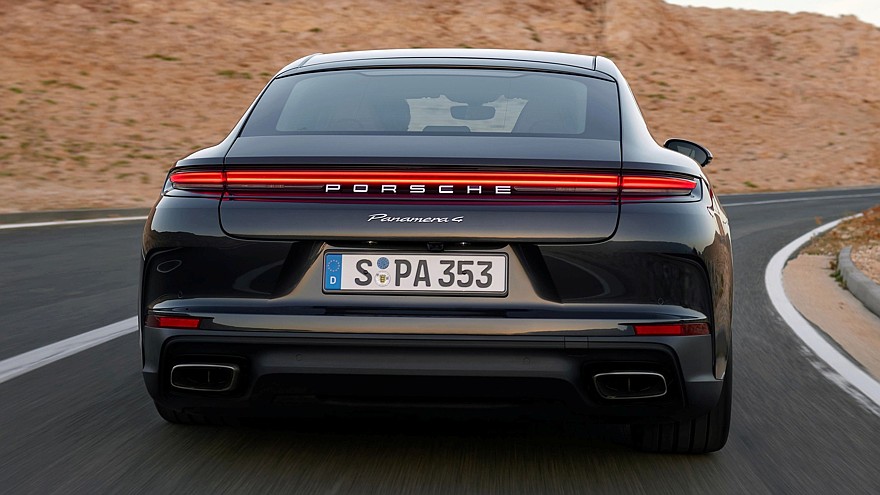 1/2
1/2 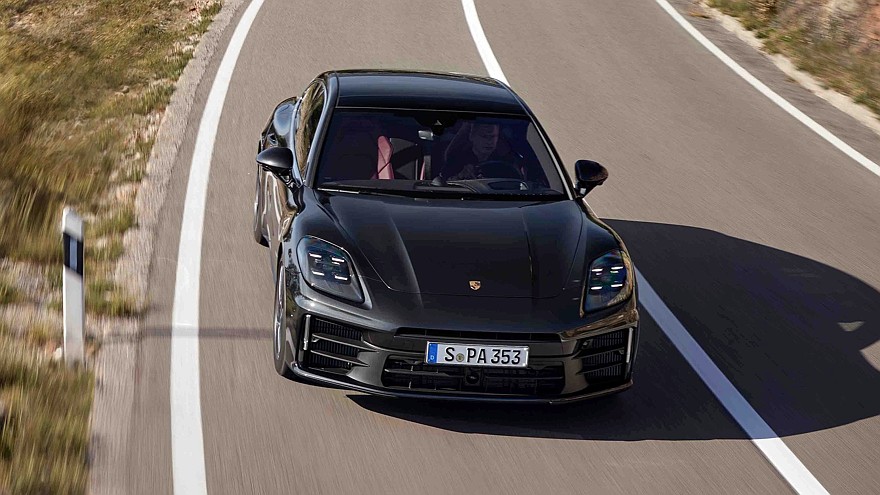 2/2
2/2
The rear-wheel drive Panamera and all-wheel drive Panamera 4 received an updated 2.9-liter V6 twin-turbo petrol engine, its output increased from 330 hp. and 450 Nm up to 353 hp. and 500 Nm. The acceleration time to 100 km/h for the rear-wheel drive liftback was reduced from 5.4 to 5.1 s, for the all-wheel drive — from 5.1 s to 4.8 s.
 1/5
1/5 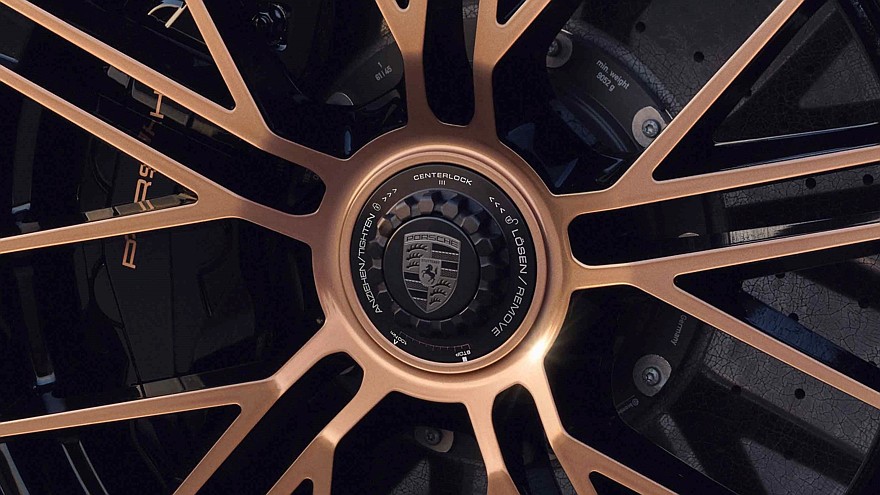 2/5 < img src="/wp -content/uploads/2023/11/a4b4b21007b713391703e9402df709b3.jpg" /> 3/5
2/5 < img src="/wp -content/uploads/2023/11/a4b4b21007b713391703e9402df709b3.jpg" /> 3/5 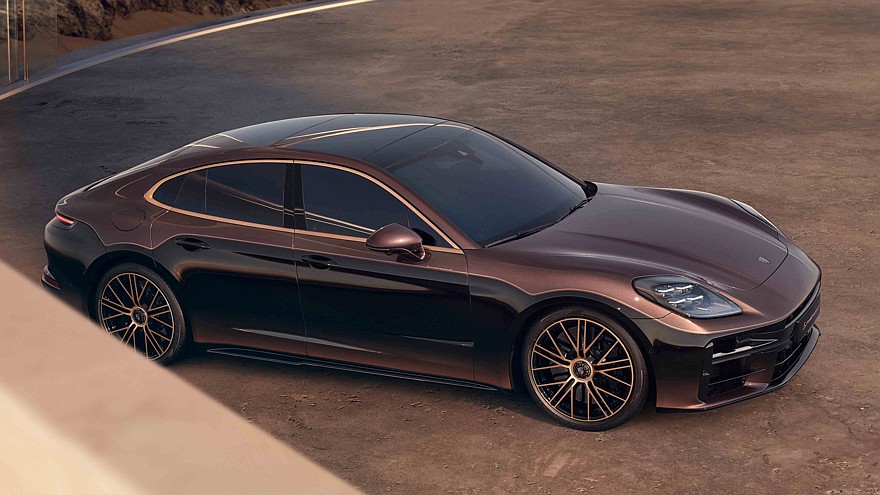 4/5
4/5 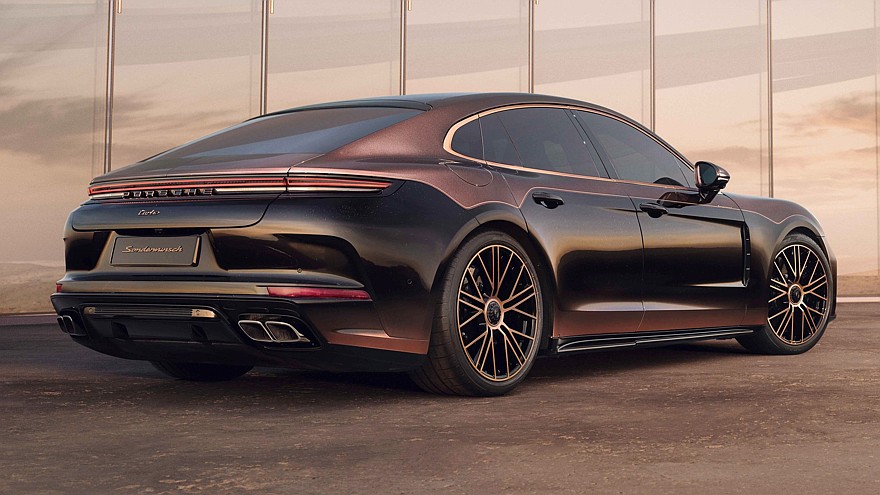 5/5
5/5
Remember that all Turbo versions of Porsche cars now have special gray Turbonite color emblems that perfectly harmonize with individual color options and special decor from the Porsche Sonderwunsch factory customization program.
With the change of generations, the Panamera has become noticeably more expensive, the minimum price tag has exceeded one hundred: if previously a basic rear-wheel drive liftback cost 98,022 euros in Germany, now — 107,800 euros, the new Panamera 4 costs from 111,900 euros, Panamera Turbo E-Hybrid — from 192,500 euros.
The Panamera will continue to be produced at the Porsche Leipzig plant, the first production units will be shipped to European customers in March next year.
The next, “fourth” Panamera will already be completely electric, it will see the light towards the end of the current decade, so the third generation is the last “hydrocarbon” one.






























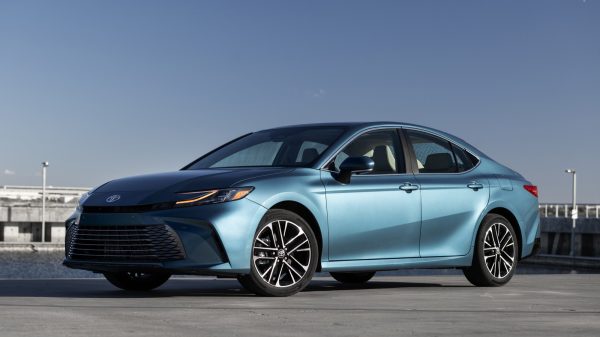























Свежие комментарии